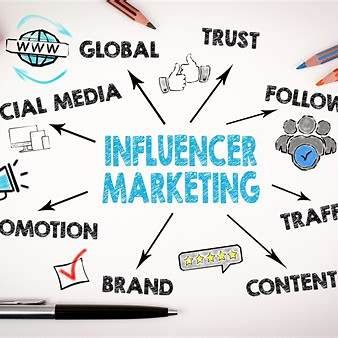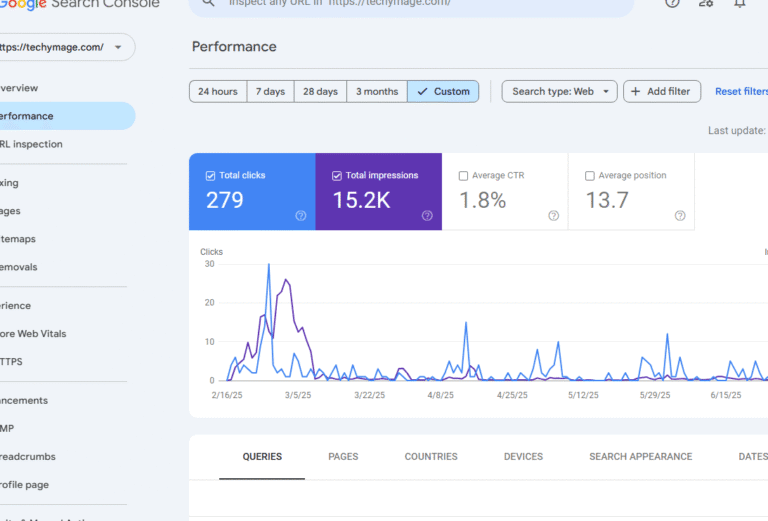
In the ever-evolving realm of social media, the term “influencersgonewild” has emerged to describe instances where influencers engage in controversial or extreme behaviors to capture public attention. This phenomenon reflects broader trends in social media behavior, influencer marketing strategies, and the dynamics of audience engagement. This article delves into the rise of “influencersgonewild,” its implications for brands, and the evolving landscape of influencer culture.
1. Introduction to InfluencersGoneWild
The term “influencersgonewild” encapsulates situations where social media influencers engage in behaviors that are unorthodox, controversial, or ethically questionable to gain visibility. These actions often lead to viral moments, sparking widespread discussions about the boundaries of acceptable online conduct.Influencers Gone Wild
2. The Evolution of Influencer Culture
Influencer culture has transitioned from authentic content sharing to a competitive arena where sensationalism often garners more attention. This shift has prompted some influencers to adopt extreme tactics to stand out in a saturated market.–
3. Factors Driving Extreme Influencer Behaviors
Several factors contribute to the “influencersgonewild” trend:
Algorithmic Incentives: Social media platforms often reward content that generates high engagement, encouraging influencers to produce sensational content.
Audience Expectations: As audiences become desensitized to regular content, there’s a growing demand for more shocking or unique material.
Monetization Pressures: The financial incentives tied to views and sponsorships can push influencers toward more extreme behaviors to maximize earnings.
4. Impact on Brand Collaborations
Brands that collaborate with influencers engaging in controversial behaviors risk reputational damage. For instance, a study revealed that 55% of consumers would boycott a brand if an associated influencer acted unethically or misaligned with their values.
5. Audience Reception and Engagement
While sensational content may initially attract attention, it can lead to audience fatigue or backlash over time. Audiences are becoming more discerning, often favoring authenticity over shock value.
6. Case Studies of Notable Incidents
Piper Rockelle’s Squad Controversy: The Netflix docuseries “Bad Influence: The Dark Side of Kidfluencing” highlighted allegations of abuse within Piper Rockelle’s influencer group, leading to significant public outcry and legal consequences.
FTX Endorsement Fallout: Influencers who promoted the cryptocurrency exchange FTX faced legal challenges and reputational damage after the platform’s sudden collapse, underscoring the risks of endorsing unvetted products.
7. Ethical Considerations in Influencer Marketing
The pursuit of virality raises ethical questions about the lengths to which influencers will go for attention. There’s a growing call for industry standards to address issues like authenticity, transparency, and the potential harm of extreme content.
8. The Role of Social Media Platforms
Platforms play a crucial role in moderating content and setting community standards. However, the balance between promoting free expression and curbing harmful content remains a contentious issue.
9. Legal Implications for Influencers and Brands
Engaging in or endorsing controversial behaviors can lead to legal repercussions, including lawsuits and regulatory scrutiny. Both influencers and brands must be aware of the legal landscape to mitigate risks.
10. Strategies for Brands to Mitigate Risks
Brands can adopt several strategies to safeguard their reputation:
Due Diligence: Thoroughly vet influencers before collaborations to ensure alignment with brand values.
Clear Contracts: Establish explicit agreements outlining acceptable behaviors and content guidelines.
Crisis Management Plans: Develop protocols to address potential controversies swiftly and effectively.
11. The Future of Influencer Marketing
The influencer marketing landscape is poised for change, with an emphasis on authenticity and ethical conduct. Brands and influencers who prioritize these values are likely to foster more sustainable and positive audience relationships.Influencers Gone Wild+4Wild Labs+4Vidpros+4
12. FAQs
Q1: What is meant by “influencersgonewild”?
A1: It refers to instances where social media influencers engage in extreme or controversial behaviors to attract attention or increase their following.
Q2: How can brands protect themselves from influencer controversies?
A2: By conducting thorough background checks, setting clear contractual expectations, and having crisis management strategies in place.
Q3: Are audiences becoming less tolerant of sensational content?
A3: Yes, there’s a growing preference for authentic and meaningful content over sensationalism.
Q4: What role do social media platforms play in this trend?
A4: Platforms influence content trends through their algorithms and content moderation policies, impacting what behaviors are incentivized or discouraged.
Q5: Can influencers face legal consequences for their actions online?
A5: Absolutely. Influencers can be held legally accountable for actions such as endorsing fraudulent products or engaging in defamatory behavior.
Q6: How is influencer marketing expected to evolve?
A6: The industry is likely to shift towards valuing transparency, authenticity, and ethical practices to build trust with audiences.
13. Conclusion
The “influencersgonewild” phenomenon underscores the complexities of modern influencer culture and its impact on social media trends, brand strategies, and audience engagement.
If you are interested in a guest post then contact us via email: mudassirali@techymage.com.




